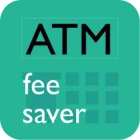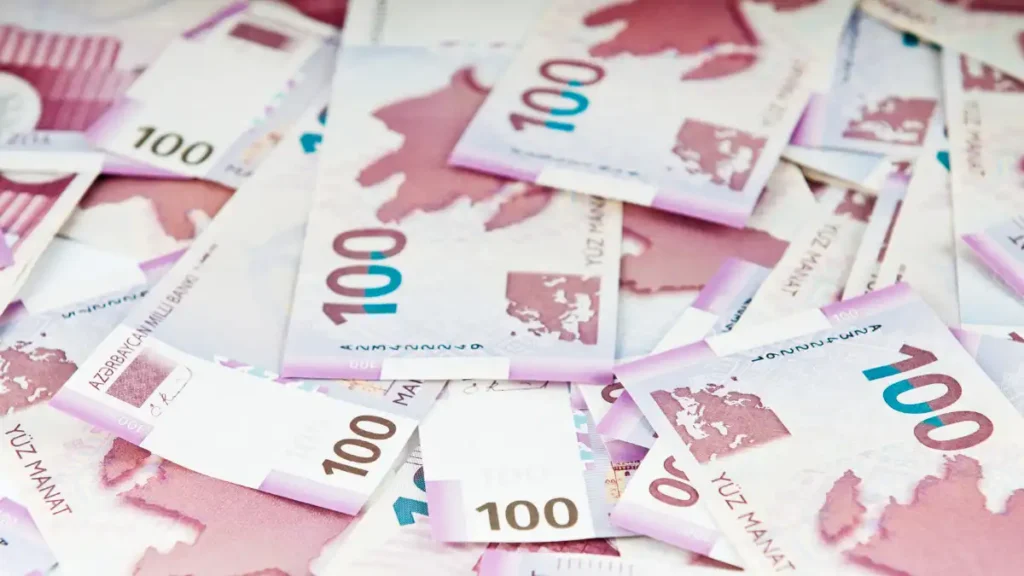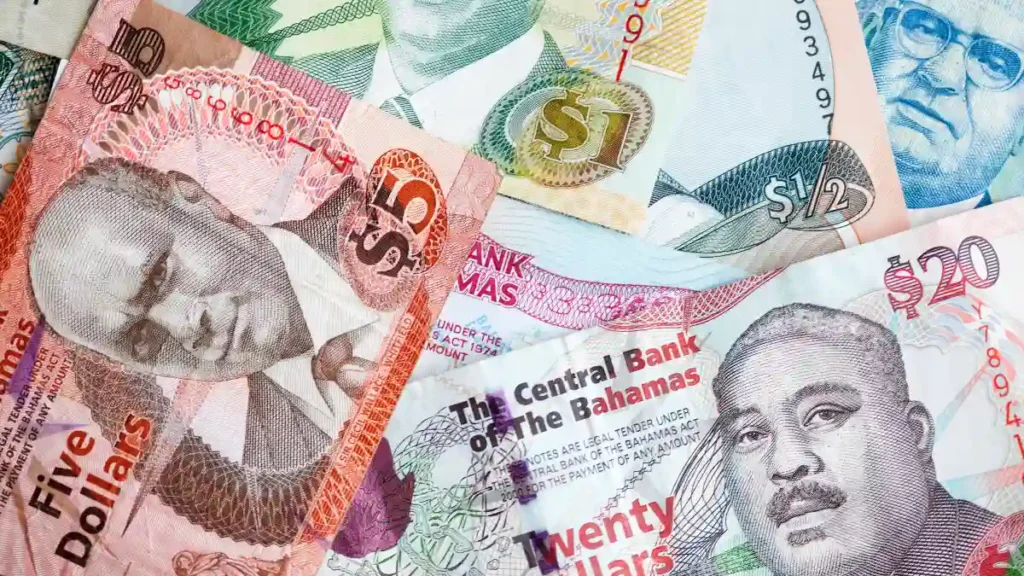Spain’s lively plazas, beach towns, and tapas culture offer a sensory feast-but managing currency in Spain smartly can make your trip even more enjoyable. Whether you’re grabbing churros in Madrid, paying for a flamenco show in Seville, or navigating metro tickets in Barcelona, money in Spain tends to flow through both cards and cash. This guide will walk you through what currency to bring, how to get Euros (EUR), where to exchange or withdraw money, safety tips, and important dos and don’ts-so you can avoid fees and travel stress-free.
How to pay in Spain – cash or card?
Accepted by many merchants, many tourists can use cards for their transactions, with a large majority of around 65-70% opting for cashless payments. However, you will still need some cash in Spain to get by, especially at shops and restaurants that have minimum spending limits for card use.
You can use cash for:
- Budget hotels (especially in small towns)
- Hostels (some independent ones prefer cash)
- Local tour operators (e.g. in Andalusia or coastal towns)
- Shopping at street markets (like El Rastro in Madrid)
- Tips and gratuities (common to leave cash)
- Entry fees to smaller museums, cathedrals
- Street food (churros stalls, tapas markets)
- Small eateries / restaurants (especially in rural areas)
- Sit-down restaurants (some still prefer cash)
- Small purchases
- Local expenses at grocery stores, bakeries, and kiosks
- Laundry services
- Mobile SIM and phone top-up (smaller shops)
You can use card for:
- 4 and 5 star hotels
- Hostels (chains and city hostels)
- Large tour operators
- Shopping at malls
- Entry fees to major museums and attractions (e.g. Prado, Sagrada Família)
- Local buses (contactless cards and apps work in many cities)
- Local taxis / app-based taxis
- Local trains (Renfe and regional)
- Airport transport (aerobuses, metro, trains)
- Upscale restaurants
- Online bookings for upscale hotels, flights, tours
- Spas
- Tailoring services (limited)
- Vehicle renting
- Nightlife / bars
- Emergency medical clinics / pharmacies
Spain is very card-friendly, especially in cities. But for small towns, tips, or street shopping, keep some euros handy.
What’s the best currency to take to Spain?
In Spain, Euro (EUR or €) is the accepted currency, no other currencies are used or accepted in transactions. The note denominations are € 5, 10, 20, 50, 100, 200, and 500.
So, Euro is the best currency to take to Spain.
Where to get the local currency in Spain?
In Spain, you can get the local currency in 3 ways. These are:
ATMs, or
Currency exchange
Money transfer and local pick-up
Types of cards to swipe in Spain
Visa and Mastercard transactions are commonly accepted for swiping. You might also find some places that accept Amex and other cards, albeit less frequently.
Should I exchange money before travelling to Spain?
If you already use the Euro (EUR), there’s no need to exchange currency before travelling to Spain. But if you’re coming from a non-Euro country, it’s smart to bring a small amount of EUR for initial expenses like taxis, snacks, or transport.
ATMs are widespread in Spain-at airports, train stations, banks, and cities-and most accept Visa, Mastercard, Maestro, Cirrus, and Plus cards. They are a convenient way to access local cash, but check with your bank about international withdrawal fees and inform them of your travel dates.
Currency exchange services are available at airports, tourist zones, and city centers, but exchange offices in airports and hotels often have worse rates. For better rates, exchange money at reputable currency exchange chains like Exact Change, Ria, or at bank branches (CaixaBank, BBVA, Santander). Some kiosks may advertise “0% commission” but offer poor exchange rates, so always check the total amount you’ll receive.
Credit and debit cards are widely accepted in restaurants, hotels, and shops, especially in urban areas. However, some small businesses or taxis may prefer cash. Carrying both cash and cards gives you flexibility.
Where to withdraw money in Spain
The best ATMs for foreigners to use in Spain are those owned by popular banks such as:
- Kutxabank,
- Unicaja,
- Abanca,
- IberCaja
- Caja Nevarra and network of Rural Caja banks
There are also ATMs from international banks available in Spain, including:
ING Bank,
Deutsche Bank.
Since some ATMs in Spain can have fees, if your bank card is part of the Global ATM Alliance, you can use the Deutsche Bank ATMs in Spain to get fee-free withdrawals.
For a detailed guide, read Cash and ATMs in Spain.
Discover fee-free and low-fee ATMs on the ATM Fee Saver mobile app for iOS and Android. This app provides ATM PINs and details of leading bank ATMs such as ATM fees and withdrawal limits for foreign cardholders at ATMs in Spain. Moreover, its simple fee calculator helps you determine exact withdrawal charges. You can also find cash tips and tricks on the app for 160+ countries including Spain.
Download now from the App Store or Play Store.
Where to exchange currency in Spain
In Spain, you can exchange currency at authorised currency exchanges, banks, airports, and hotels, the most popular being authorised currency exchanges.
Spain has a well-developed network of licensed currency exchange offices, often referred to as “casas de cambio” or “oficinas de cambio”. These are easily found in major cities and tourist areas such as:
Barcelona: Las Ramblas, Passeig de Gràcia, and Plaça Catalunya.
Madrid: Gran Vía, Sol, and Atocha areas.
Seville, Valencia, and Málaga: Tourist centers, train stations, and shopping districts.
- Notable currency exchanges are:
Exact Change
Global Exchange (also found in airports)
Ria Money Transfer
Eurochange
Be cautious at airport and train station exchange counters-they’re convenient but often offer lower rates and higher fees.
- Banks Offering Currency Exchange:
CaixaBank
Santander
BBVA
Banco Sabadell
Banks offer reliable exchange services but may have stricter hours and may require account holders. Not all branches handle currency exchange, so it’s worth calling ahead.
💡 Tip: EUR is the local currency, and if you’re bringing USD, GBP, or CHF, you’ll find it easy to exchange. For other currencies, use city exchange offices for better rates and avoid weekend or late-night exchanges where rates may be less favorable.
Pro-tips:
Stay away from airport exchanges – Poor rates
Avoid the black market – Be wary of being conned.
Get fresh notes – If your notes are damaged or unclean, you should expect to pay more or less.
Is carrying money in Spain safe?
Some safety tips for carrying cash while travelling in Spain are:
- Carry only the cash you need.
- Do not keep all the cash in one pocket or wallet.
- Put some cash in a safety belt or fanny pack.
- Do not flash your cash.
- When paying, do not remove or display your entire cash.
- Keep wallets preferably in front pockets.
- Cross-wear your purses if possible.
- Hold your purses, wallets and bags close and tight on crowded streets and in public trains and buses.
- When withdrawing cash, keep the cash low while you count it so people around don’t see it.
- If you’re dining alone, don’t leave your wallet / bag unattented while you go to the restroom.
- If sitting outdoors in a restaurant, don’t leave your wallets / bags on the table.
Is it better to use debit or credit cards or pay by cash in Spain
Use a card if it is fee-free i.e. your bank does not charge any fees to swipe the card, when the merchant / POS also does not impose any extra charge to use a card, you need to use the insurance of the card, don’t want to block cash of large purchases and card’s swipe fees are lower than withdrawal fees.
Pay by cash by withdrawing cash from ATM or exchanging currency where – fees on ATM withdrawals are lesser than fees on swiping cards, you don’t want to leave any digital footprint of your expenses, it is convenient and easier to conduct transactions.









